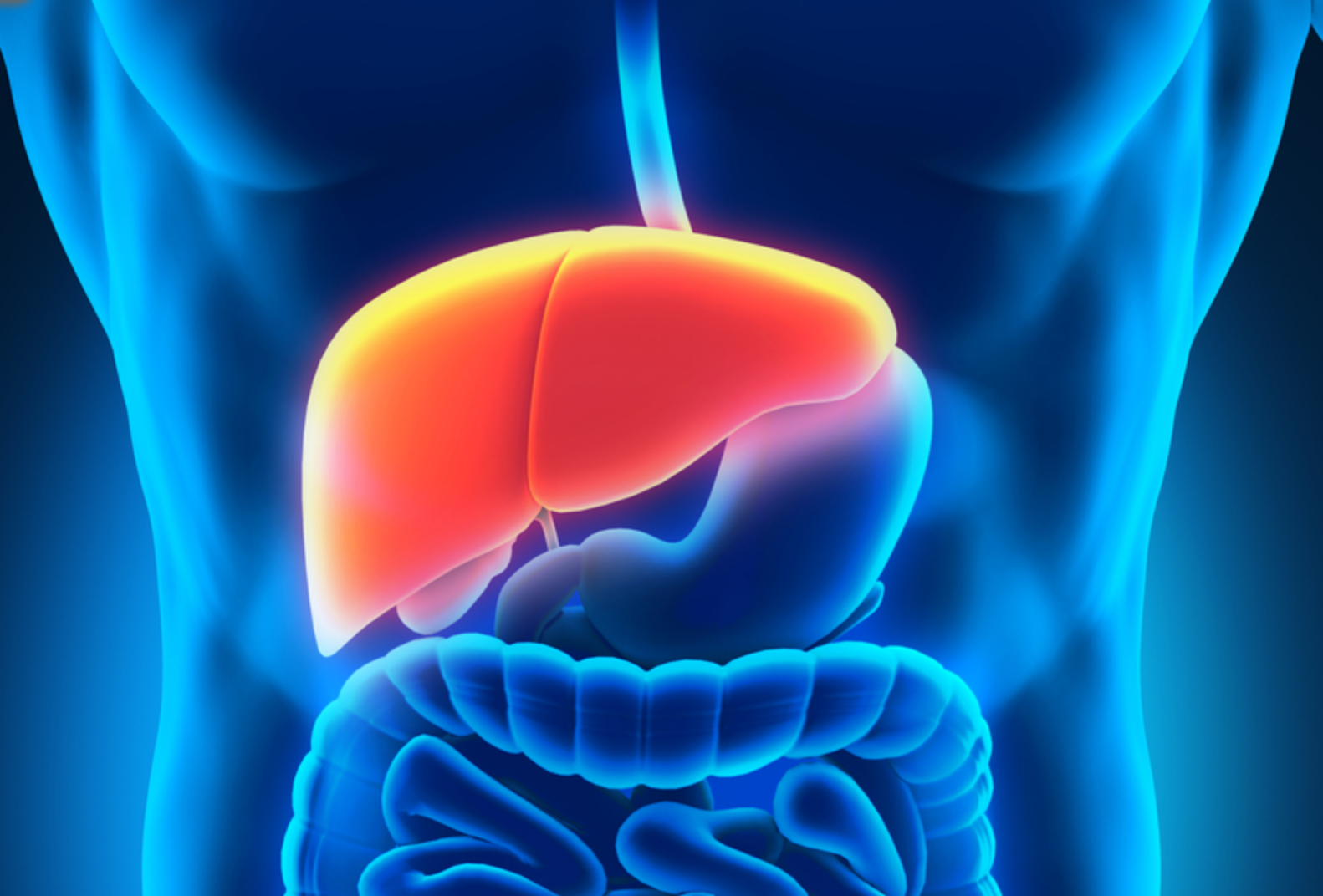Hepatitis prevalence is low in Iran with the rate at 1.7%. Nevertheless, some provinces such as Sistan and Baluchestan have a higher prevalence rate, said Dr. Mohammad Mehdi Gouya, head of the Center for Epidemics Prevention at the Ministry of Health and Medical Education.
Hepatitis B and C are higher in some specific groups. For instance, the rate of Hepatitis B is 30% among drug- addicts who use syringes, and 8% among women. As a group, prisoners are also considered to be at high risk of developing the infection.
“Such groups pose a challenge as they evade vaccination and, therefore, are more prone to transmitting the virus,” Gouya said at the recent Hepatitis Conference in Shiraz, reports IRNA.
It is estimated that over 35% of Iranians have been exposed to the Hepatitis B virus (HBV) and 3% are chronic carriers, ranging from 1.7% in Fars Province to over 5% in Sistan and Balouchestan, experts say.
HBV prevalence has decreased dramatically during the last decade, and Iran now is classified as having low endemic rate for the virus. Improvement of people’s knowledge and the national vaccination program launched in 1993 for all neonates, besides the vaccination of high risk groups, has helped in reducing the infection.
The HBV vaccination program started in infants in two provinces (Zanjan and Semnan) in 1989, and in 1993 the vaccination was included in the Expanded Program on Immunization (EPI) countrywide. After 13 years of implementation, the coverage reached 94% in 2005 from 62% in 1993.
Intensifying HB vaccination among high risk groups, surveillance of Hepatitis B infected people, and regular checks on the health of refugees, has helped Iran achieve success in controlling HBV.
Since 2007, the Health Ministry has carried out a nationwide Hepatitis-B vaccination campaign for 17-year-old adolescents in four stages. The second and third stages targeted adolescents born during 1990 and 1991. The National Committee for Hepatitis, through a media campaign, was able to create awareness on mass vaccination. The target populations in 2008 and 2009 included 1.7 million and 1.67 million adolescents respectively. In each year, three rounds of vaccination throughout the country were organized.
Common Pathogen
HBV is one of the most common chronic pathogens in the world.
Over 2 billion of the world’s population has been exposed to the virus and 350 million, or 5%, are chronic carriers. Annually up to 1 million die due to the consequences of this infection. The virus is 100 times more infectious than HIV.
In a study performed on 250,000 healthy volunteer blood donors in Tehran, 3.6% male and 1.6% female donors were HBsAg (the surface antigen of HBV. It indicates Hepatitis B infection) carriers. Anti-HBc or core Hepatitis B antibody (anti-HBs also develops in a person who has been successfully vaccinated against Hepatitis B) was detected in 37% of this group. Thus, 8% of Iranians infected by HBV will become chronic carriers, say experts. HBV is mainly transmitted by the parental route. Another common transmission mode is through the sharing of needles by intravenous drug users or reuse of contaminated sharp instruments for tattoos, acupuncture, or ear piercing.


